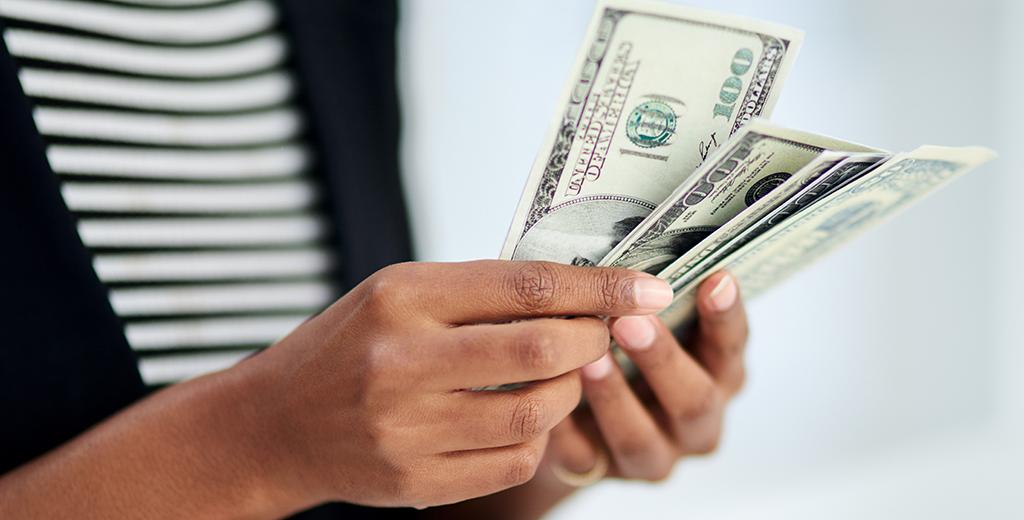Our Ultimate Guide to Emergency Funds + Saving Tips

We will all experience emergencies, big and small. So, are you prepared to deal with the unexpected expenses they can bring? If you’re like many any of us, you’re looking for ways to boost your peace of mind. Establishing and building an emergency fund can help.
What is an Emergency Fund?
An emergency fund is a cash reserve that you set aside specifically for unplanned and unexpected expenses, like car repairs, medical bills or loss of income. It can help you address these expenses quickly and avoid the long-term impact that they might have, like taking on debt to pay or pulling from your long-term retirement savings.
Set Your Savings Goal
How much you will need in your emergency fund will depend on a variety of factors. Some financial experts suggest starting with at least $1000 and working up to 3-6 months’ worth of expenses. Others suggest saving 10% of your income as a rule of thumb. But keep in mind that there is really no one size fits all approach.
If you’re struggling for an initial goal to shoot for, the Consumer Financial Protection Bureau suggests looking back on some of the past emergency expenses you’ve had and what they cost. This may help you decide what amount makes sense for you.
Finding the Right Account
It’s best to keep your emergency fund separate from your regular spending money or savings. A great way to do this is by opening a separate account specifically for your emergency fund. We recommend opening a traditional savings or Money Market account, like our PinnSavings or PinnCheck Market Account. Avoid products like CDs that have a penalty if you withdraw your money early. Also never keep your emergency fund in cash as it can be easily lost, stolen or destroyed.
How You Can Save
There are plenty of ways that you can go about setting aside money for your emergency fund. Just remember to do what works for you and be consistent. Funding your emergency fund probably won’t happen overnight and that’s okay!
Make a Savings Schedule - Making it a habit to set aside a certain amount into your emergency fund every pay period is a great way to consistently grow your savings. You can even set up automatic transfers into your savings, so you don’t even have to think about it.
Take Advantage of Opportunities to Save – There are many times when you may receive an influx of money that you didn’t have before. Think about allocating some of that extra money into your emergency fund. Here are a few examples:
- Income Tax Return
- Bonus from Work
- Earnings from selling unused items at a garage sale or online
- Savings from canceling recurring charges, like unused streaming subscriptions or gym memberships
Even if the money doesn’t seem like a lot on its own, setting it aside into your emergency fund can really make a difference!
Small Consistent Contributions That Add Up - Don’t get discouraged if your budget only allows for you to set aside a small amount each pay period. It’s better to start with a lower amount and add to it over time than stress yourself out by trying to contribute too much all at once. You’re also more likely to stick with it. For example, if you were to save $20 every week for a year, you’d have $1,040 before accounting for any interest your account might have earned.
Using your Emergency Fund
When you experience an unexpected and urgent emergency expense, don’t feel guilty using your emergency fund. After all, this is exactly why you started your emergency fund in the first place. Thank yourself for having the foresight to prepare. After you’ve dealt with the expense you can start saving again. You’ve proved you could do it once, and you can do it again!
When you’re ready to start your emergency fund, it pays to have a trusted financial institution in your corner. At Pinnacle Bank, we’re ready to help you start saving, contact your local branch today or find out more about our savings accounts here.